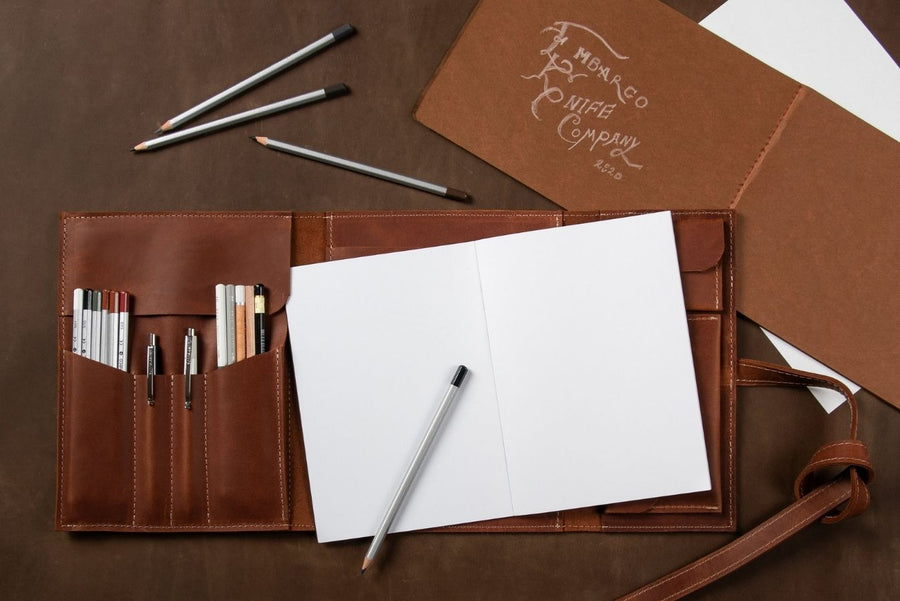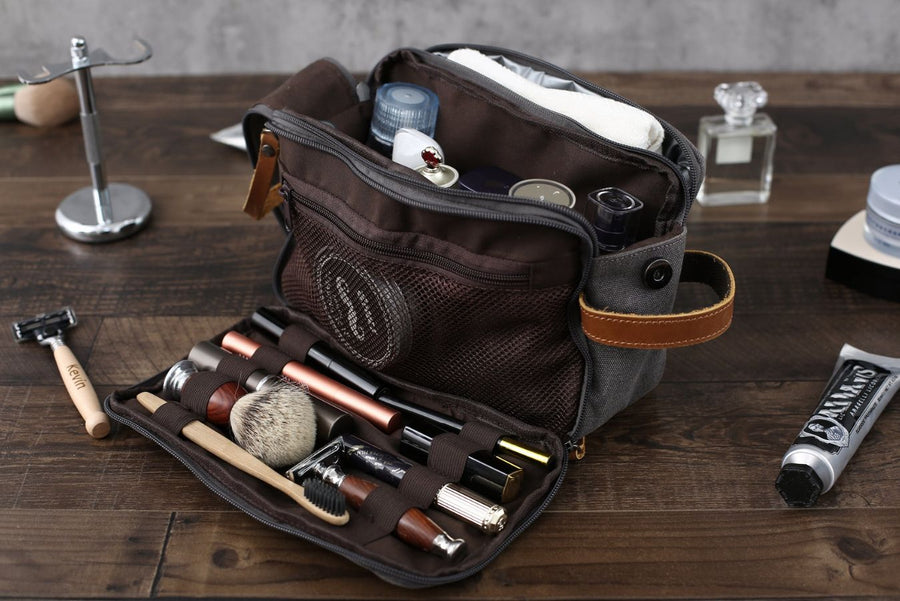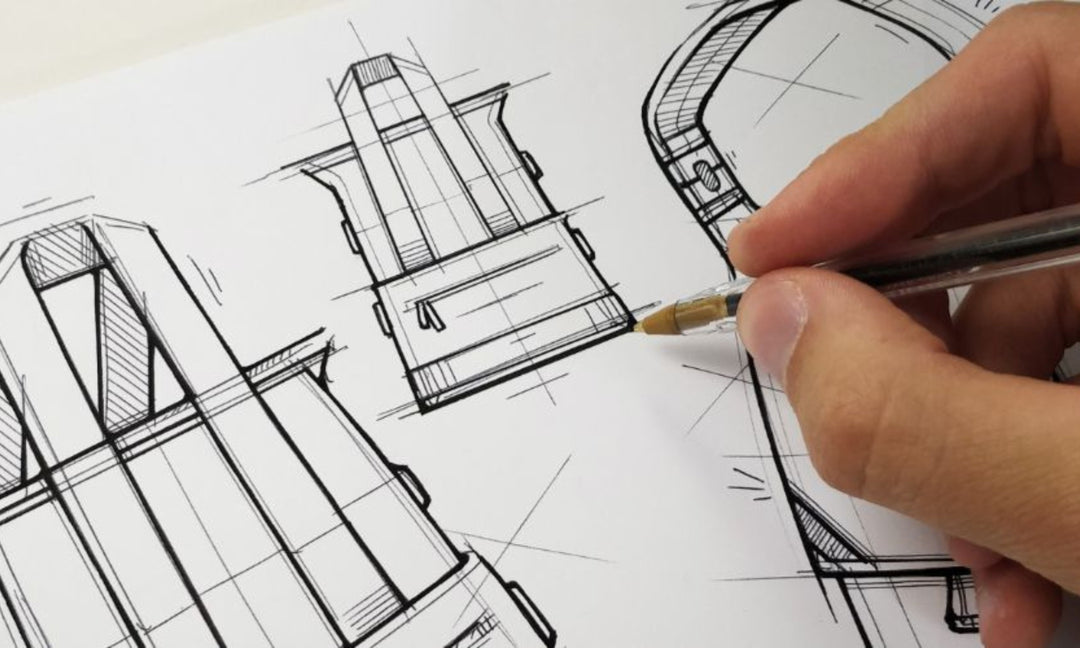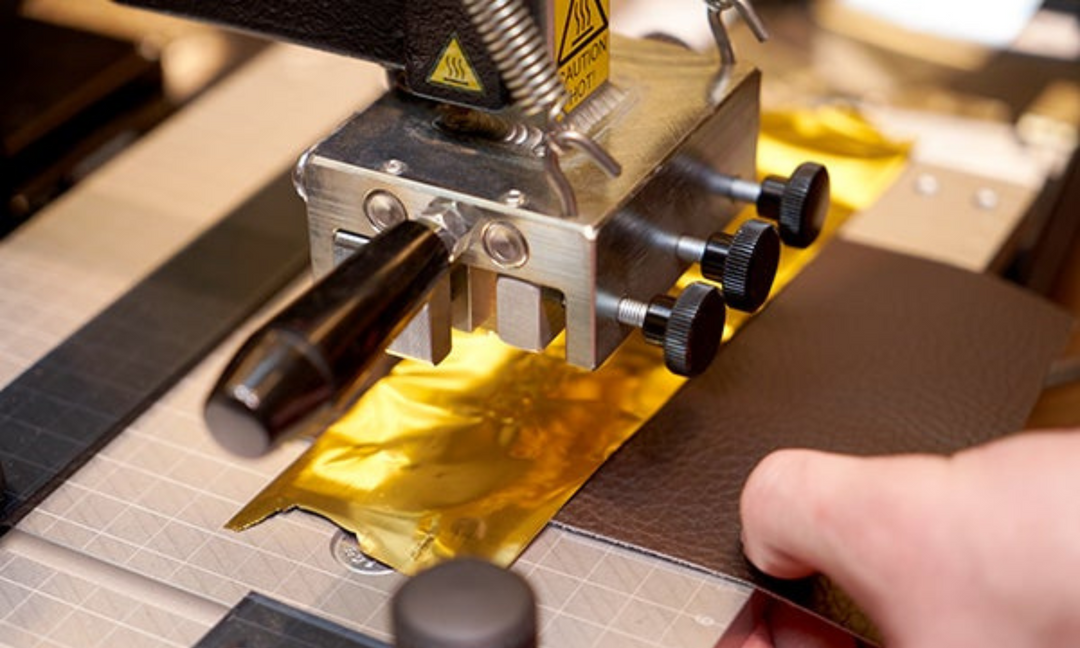Facts you need to know about leather
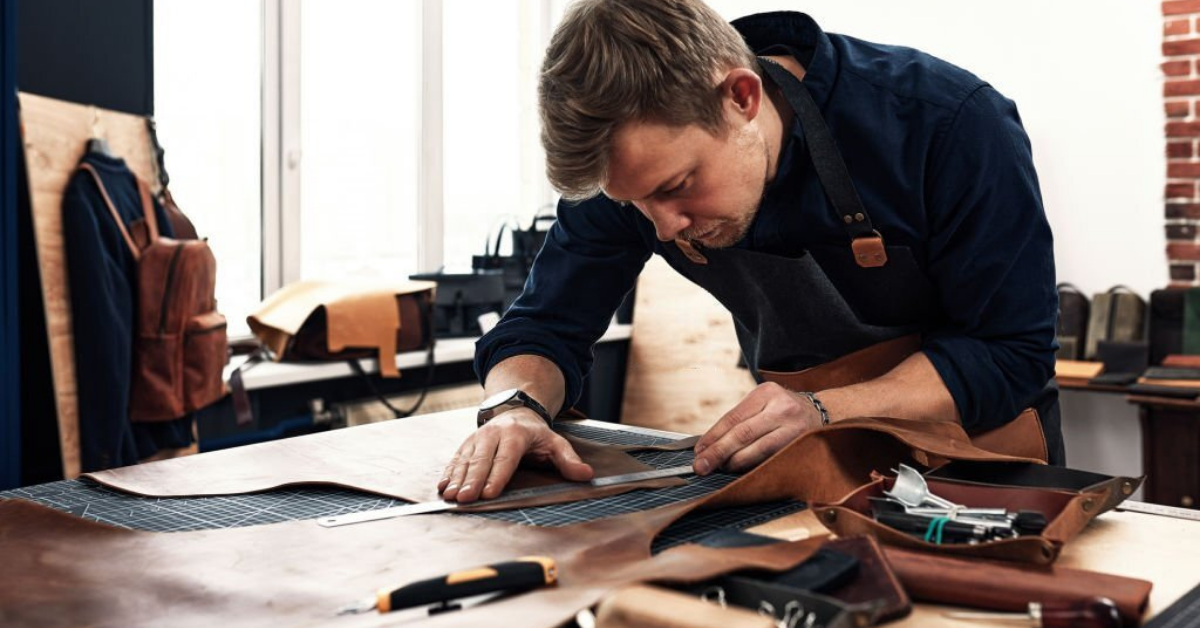

Leather is a high quality material that is used in different manufacturings. And in this blog we want to share with you about facts you need to know about leather.
Facts you need to know about leather
1. Where does leather come from - are animals raised to make leather? No, the hides and skins of cattle, sheep, goats and pigs are a by-product of the food industry, which if not used to make leather will go to landfill.
2. Leather is sustainable. It as a raw material is generated renewably because animal meat will always be required by consumers. The manufacturing processing, when done with good environmental controls, has minimal impact. Leather’s full life cycle has a low carbon and water footprint when considering its durability and long-lasting qualities. During the end-of-life phase leather degrades through chemical and biological means.
3. Leather manufacturing uses chemicals.
Of primary importance in leather making, as in all industries, is to ensure that all staff are properly trained and given the correct facilities and workwear in order to handle chemicals appropriately and that all wastes – solid, liquid and atmospheric are treated to be safe and well within any legal limits.
Responsibly made leather avoids toxic materials. The best available leather technology does not require toxic chemistries and exists in all major global tannery operations.
4. Leather is biodegradeable.
Biodegradability has many definitions and leather is tanned so as to be imputrescible which means that it will not biodegrade quickly, and one of the major environmental advantages of leather is that is lasts a long time and can be refurbished. Leather articles that are well designed can normally be repaired, often many times, as it is rarely the leather which wears out. If kept dry and reasonably clean items of leather like books, furniture, wall hangings, automotive upholstery and the like can last indefinitely and this is why so much of our wonderful social history that can be found in museums contains leather in whole or part.
That said leather is rich in carbon, nitrogen, and oxygen; three elements that bacteria and fungi like to eat. In a normal landfill will usually biodegrade between 10 and 50 years, much faster for example than synthetic materials, which will take between 100 and 500 years (polyethylene) or more (PVC and polypropylene). Unlike plastic, leather is harmless in the oceans and there is no danger of the formation of microplastics.
5. Leather can be recycled.
Leather fibre board has been used for well over 70 years as a material in footwear and sound boarding. Leather composites have been around since the early 2000s and lots of work is being done to produce a wider diversity of recycled leathers.
Generally, we prefer leather items to be repaired and refurbished, or if their useful life is ended that they be repurposed into other leather items. As well as the expected small leather goods many creative companies are designing items like wall covering and carpets built from small pieces that give a renewed life for leather of many years or decades.
Even leather trimmings and tiny pieces often get used for stuffing items like Boxing Punch Bags. Although not so common today for many decades the tannin was removed for the small pieces and shavings from the leather factory and recycled while the protein was used for gelatin. With chromium shavings and some finished leather pieces, for example from shoe factories, this is still done and the chromium reused in the chemical industry while the protein element is used as fertilizer.
6. Leather can not be made from other sources, besides animals.
International standards and definitions, and in many cases national laws, prohibit the use of the word leather unless it comes from an animal. Labelling something as leather, which is not from an animal, is illegal in many countries.
Terms such as ‘Vegan Leather’, ‘Synthetic Leather’ or ‘Faux Leather’ are marketing terms used to refer to manmade materials, implying the same natural appearance, wear and long lasting qualities as real leather.
7. Leather is not only made in less developed countries.
The leather industry is global and the best tanneries are found in both developed and less developed countries. The best manufacturers, regardless of location have a high level of expertise and commitment to investment in state-of-the-art manufacturing facilities with strong environmental principles.
This is one of the advantages of leather in helping many countries develop, as almost every country has some livestock resources where value can be added locally to the hides and skins. The main concern is that any such development should involve proper training and treatment of employees, safe handling of chemicals and full waste management. This often means grouping leather factories together so they can use one Central Effluent Treatment Plant.
2. Leather is sustainable. It as a raw material is generated renewably because animal meat will always be required by consumers. The manufacturing processing, when done with good environmental controls, has minimal impact. Leather’s full life cycle has a low carbon and water footprint when considering its durability and long-lasting qualities. During the end-of-life phase leather degrades through chemical and biological means.
3. Leather manufacturing uses chemicals.
Of primary importance in leather making, as in all industries, is to ensure that all staff are properly trained and given the correct facilities and workwear in order to handle chemicals appropriately and that all wastes – solid, liquid and atmospheric are treated to be safe and well within any legal limits.
Responsibly made leather avoids toxic materials. The best available leather technology does not require toxic chemistries and exists in all major global tannery operations.
4. Leather is biodegradeable.
Biodegradability has many definitions and leather is tanned so as to be imputrescible which means that it will not biodegrade quickly, and one of the major environmental advantages of leather is that is lasts a long time and can be refurbished. Leather articles that are well designed can normally be repaired, often many times, as it is rarely the leather which wears out. If kept dry and reasonably clean items of leather like books, furniture, wall hangings, automotive upholstery and the like can last indefinitely and this is why so much of our wonderful social history that can be found in museums contains leather in whole or part.
That said leather is rich in carbon, nitrogen, and oxygen; three elements that bacteria and fungi like to eat. In a normal landfill will usually biodegrade between 10 and 50 years, much faster for example than synthetic materials, which will take between 100 and 500 years (polyethylene) or more (PVC and polypropylene). Unlike plastic, leather is harmless in the oceans and there is no danger of the formation of microplastics.
5. Leather can be recycled.
Leather fibre board has been used for well over 70 years as a material in footwear and sound boarding. Leather composites have been around since the early 2000s and lots of work is being done to produce a wider diversity of recycled leathers.
Generally, we prefer leather items to be repaired and refurbished, or if their useful life is ended that they be repurposed into other leather items. As well as the expected small leather goods many creative companies are designing items like wall covering and carpets built from small pieces that give a renewed life for leather of many years or decades.
Even leather trimmings and tiny pieces often get used for stuffing items like Boxing Punch Bags. Although not so common today for many decades the tannin was removed for the small pieces and shavings from the leather factory and recycled while the protein was used for gelatin. With chromium shavings and some finished leather pieces, for example from shoe factories, this is still done and the chromium reused in the chemical industry while the protein element is used as fertilizer.
6. Leather can not be made from other sources, besides animals.
International standards and definitions, and in many cases national laws, prohibit the use of the word leather unless it comes from an animal. Labelling something as leather, which is not from an animal, is illegal in many countries.
Terms such as ‘Vegan Leather’, ‘Synthetic Leather’ or ‘Faux Leather’ are marketing terms used to refer to manmade materials, implying the same natural appearance, wear and long lasting qualities as real leather.
7. Leather is not only made in less developed countries.
The leather industry is global and the best tanneries are found in both developed and less developed countries. The best manufacturers, regardless of location have a high level of expertise and commitment to investment in state-of-the-art manufacturing facilities with strong environmental principles.
This is one of the advantages of leather in helping many countries develop, as almost every country has some livestock resources where value can be added locally to the hides and skins. The main concern is that any such development should involve proper training and treatment of employees, safe handling of chemicals and full waste management. This often means grouping leather factories together so they can use one Central Effluent Treatment Plant.
8. Leather does not cause deforestation.
Meat and dairy demand is increasingly being supplied by more efficient husbandry which requires fewer animals rather than any major growth in herds. Where forest land is apparently being taken for livestock the usual drivers are greed and corruption, with profit from the timber, mining or growing crops like soya. Putting cattle on initially is often a tool intended to establish or pretend ownership as it is the quickest such device. The leather industry absolutely and vigorously opposes deforestation.
In Brazil for example research done by the University of Edinburgh shows a need for more cattle on the existing savannah, or long term grassland, to improve Brazil’s future emission figures. Brazil’s grassland is amongst the best in the world for sequestering CO2but needs to be improved and maintained by appropriate levels of grazing. There is absolutely no need to destroy forest for livestock – quite the reverse.
Meat and dairy demand is increasingly being supplied by more efficient husbandry which requires fewer animals rather than any major growth in herds. Where forest land is apparently being taken for livestock the usual drivers are greed and corruption, with profit from the timber, mining or growing crops like soya. Putting cattle on initially is often a tool intended to establish or pretend ownership as it is the quickest such device. The leather industry absolutely and vigorously opposes deforestation.
In Brazil for example research done by the University of Edinburgh shows a need for more cattle on the existing savannah, or long term grassland, to improve Brazil’s future emission figures. Brazil’s grassland is amongst the best in the world for sequestering CO2but needs to be improved and maintained by appropriate levels of grazing. There is absolutely no need to destroy forest for livestock – quite the reverse.
9. Leather does not have a big carbon footprint.
After the European Commission’s in-depth Product Environmental Footprint evaluation for bovine leather the environmental footprint carry-over from the animal’s lifecycle has been restricted to 0.42%.
After the European Commission’s in-depth Product Environmental Footprint evaluation for bovine leather the environmental footprint carry-over from the animal’s lifecycle has been restricted to 0.42%.



